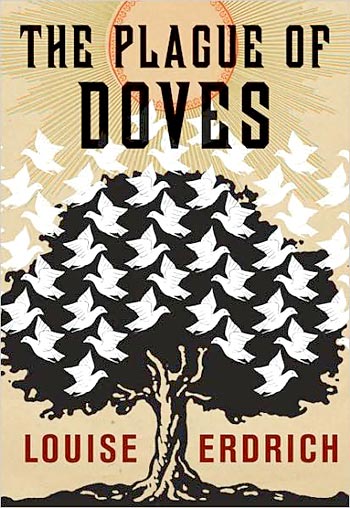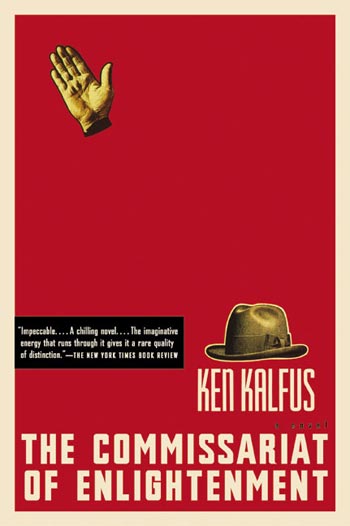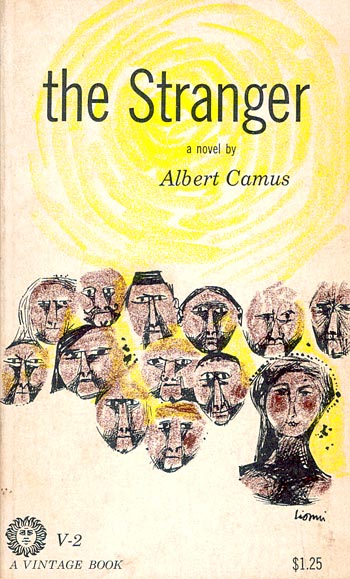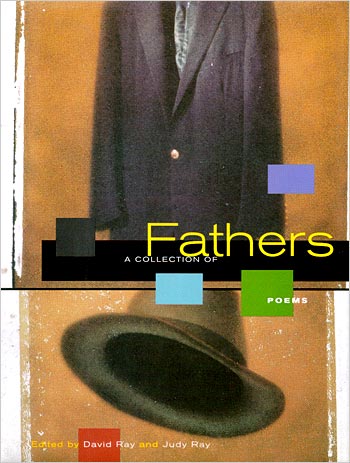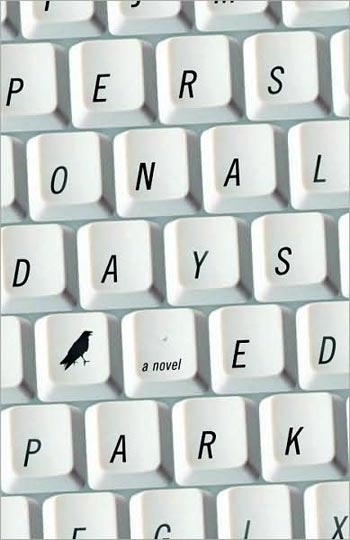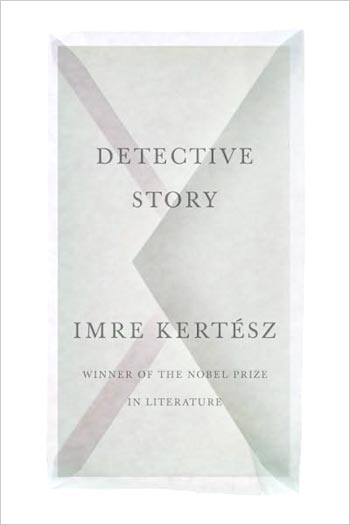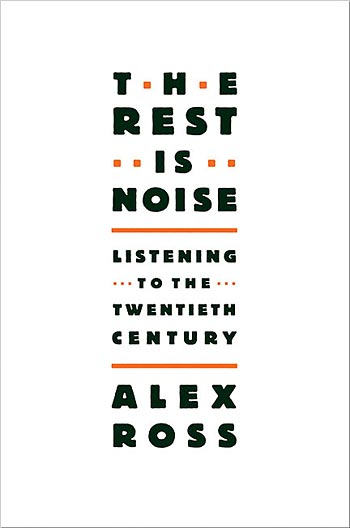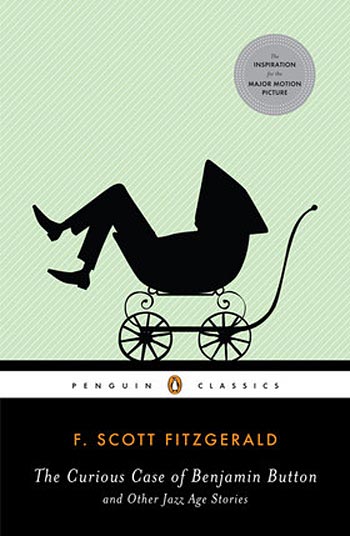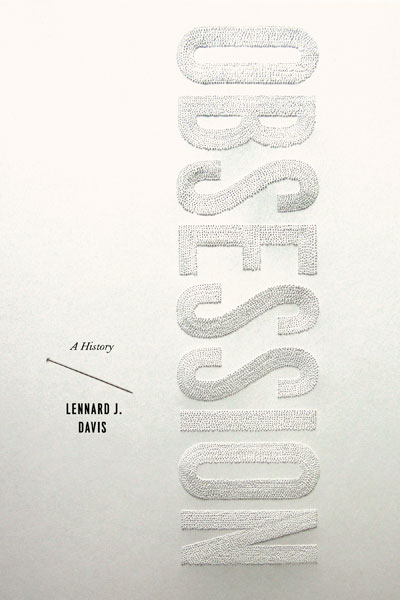
The Chicago Way by Michael Harvey.
Design by Gregg Kulick
Cover illustration based on a photograph by Bill Ross.
With this cover, Gregg Kulick threatens to do for Vintage crime what Susan Mitchell and Marc Cohen did for Vintage paperback. The matte cover and (I believe) silver metallic ink really invites one to spend some time with it to see how the visual texture of the city and tactile texture of the paper interact. The inversion of the image is inspired (and reminds me of a Georgia O'Keiffe painiting of a tree). It's as if you've been laid out by a sucker punch to the gut and am looking up at the sky; or you're looking down into a puddle before tossing your cigarette into it. And the moon looks like it would glow in the dark. I wonder if the gun and label are part of the brand, or if that's an extra touch by Kulick himself. (Incidentally, you can find the original photograph here.)

